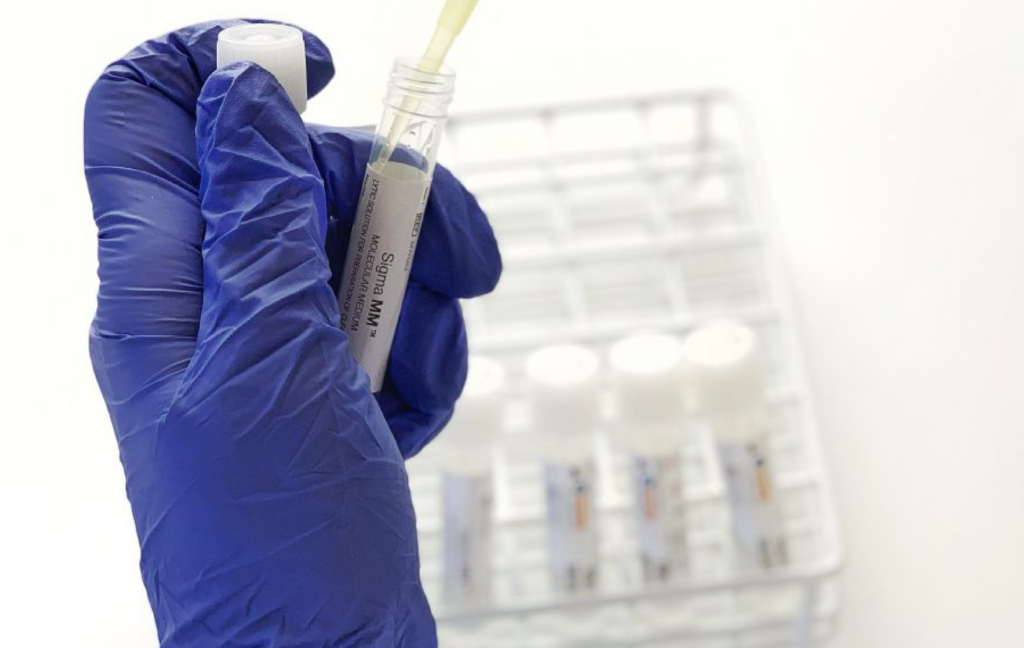Methicillin-resistant Staphylococcus aureus (MRSA) is a major nosocomial pathogen that causes severe morbidity and mortality worldwide (Cookson et al. 2011). In 2017/2018, a mandatory population-based bacteremia surveillance scheme reported a total of 12,784 MRSA bacteraemia and methicillinsusceptible S. aureus (MSSA) cases in England alone (PHE 2018). MRSA specimens represent a significant proportion of routine microbiological specimens and are very important for the management of critically ill patient. In recent years the introduction of self-contained cartridge systems for the rapid identification of target pathogens using nucleic acid amplification has transformed the ability of clinical microbiology laboratories to provide accurate and timely diagnostic data, allowing correct treatment to be commenced immediately, and also preventing unnecessary treatments.
When culture is not required, it can be convenient and safer to transport the specimen in a medium which effectively inactivates the pathogen without disrupting the DNA or RNA so that analysis is still possible. If such a system is used, however, it is essential to know that the medium will be compatible with such an analysis.
A clinical study at Luton and Dunstable University Hospital investigated the ability of SIGMA-MM™ , a liquid transport medium developed by Medical Wire and Equipment (MWE), to recover analytical quality DNA from specimens spiked with MRSA, while demonstrating that the biological pathogen had been inactivated and lysed. The PCR analysis was performed using Cepheid GeneXpert ® PCR analyser and Cepheid Xpert MRSA. The results for both PCR and culture were compared with those for identical specimens inoculated into SIGMA-TRANSWAB® (MWE), a widely used transport swab device with liquid Amies.
This study has shown that the SIGMA-MM™ devices were compatible with the GeneXpert PCR analyser for MRSA. There was no interference with the chemistry. The SIGMA-MM™ devices were also completely effective at inactivating the MRSA at all concentrations its DNA and RNA, while rendering the specimens non-infective.
